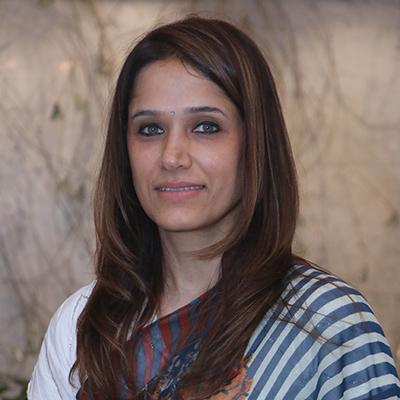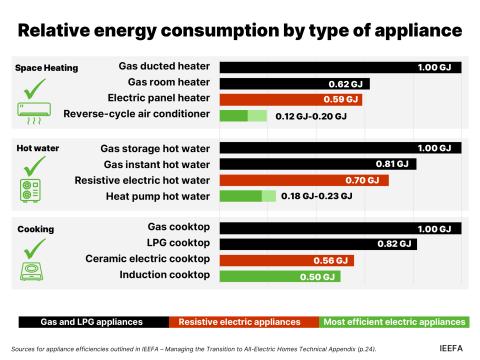IEEFA India: Grid, storage, policy, and regulation: Areas of new focus to meet India’s ambitious renewable energy targets
5 September 2019 (IEEFA India): Finding the right pricing signals to drive technology adoption to solve the integration of an ever increasing share of variable renewable energy into India’s grid is becoming a central new challenge for policy makers and regulators, critical to enabling the ongoing transition away from coal to meet India’s ambitious renewable energy target of 523 gigawatts by 2030, finds a new IEEFA report out today.
Written by the Institute for Energy Economics and Financial Analysis (IEEFA), the report Flexing India’s Energy System Through Market Mechanisms – A Recipe for India to Achieve a Least Cost, Low Carbon Electricity Market Twice Today’s Size concludes the government of India needs to move rapidly to ensure grid, market and regulatory structures keep pace with the rapid renewables transition happening across the country.
Tim Buckley, co-author of the report and director of energy finance studies IEEFA, says the transition requires a number of initiatives being employed in tandem to ensure the increased penetration of cheaper cleaner renewable energy.
“In the last 2-3 years, the share of solar and wind generation in India has increased rapidly to 22% of capacity and 9% of generation, including hydro at 19%,” says Buckley.
“However, as variable renewable energy generation increases dramatically, a combination of technologies will be needed to manage peak demand requirements whilst maintaining grid stability at least overall cost.
“The last year has brought some energy challenges to the fore, including centre-state policy inconsistencies, contradictory policy objectives relating to “Make in India” relative to least cost solar tariffs, and the issues around the speed of the grid’s redesign needed to incorporate the rapidly rising variable renewable energy penetration.
“With energy transition comes investment and implementation risks, but the government of India can address these with consistent policy settings that incentivise the necessary investment in various storage technologies and continued modernisation and expansion of the nation grid structure.”
In addition to the target of accelerated deployment of battery energy storage systems, IEEFA recommends a lower risk, multi-technology solution including interstate and international grid connectivity enhancements, pumped hydro storage, gas peaking plants, faster ramping coal-fired power, utility scale and distributed batteries, hybrid projects, demand response management, greater diversity of generation sources, consideration of new chemical stores (like hydrogen) and even solar thermal with storage.
The report also suggests a time-of-day / time-of-use pricing signal, and on-demand peaking supply contracts with contractual longevity to incentivise capital markets to open up investments in flexible peaking capacity.
Given India has already invested in 201 gigawatts (GW) of coal-fired power plants now operating with sub-optimal plant load factors of ~60%, and with a further 85GW of new coal plant proposals in the pipeline, IEEFA also sees merit in expediting the introduction of faster ramping coal-fired power technologies and operating control systems as a balance to least cost but variable renewable energy.
“India is taking a global leadership role in building a low emissions, least cost electricity system of the future, leapfrogging now outdated technologies,” says IEEFA’s co-author and energy economist Vibhuti Garg.
“Plans for 523GW of renewable energy by 2030 and concurrent targets for 34GW/136GWh of battery storage are impressive and world leading.
“The implementation plan will also serve to enhance India’s energy security by reducing over-reliance on expensive imported fossil fuels.”
The report finds the rapid pace of technological development means batteries are likely to play a key balancing role as variable renewable energy penetration increases.
However, international experience over the last 2-3 years suggests although rapid battery uptake will continue, it is unlikely to be employed fast enough to achieve the ambitious renewable target to 2030 and it should not be considered the silver bullet solution.
IEEFA’s report looks at the strategies for a more technology agnostic, all-of-the-above approach of other leading markets with a high and rising share of variable renewable energy penetration, taking examples from Germany, California and Australia as being highly applicable for India as well.
“With transition comes investment and implementation risks, and the need to move rapidly to ensure market and regulatory structures keep pace with the rapid transformation,” says Buckley.
“These challenges can be overcome by putting the right mechanisms and time-of-day price signals in place to ensure India meets its ambitious electrification and renewable energy targets.”
Media Contact: Kate Finlayson ([email protected]) +61 418 254 237
Author Contact: Tim Buckley ([email protected]) and Vibhuti Garg ([email protected])
About IEEFA: The Institute for Energy Economics and Financial Analysis (IEEFA) conducts research and analyses on financial and economic issues related to energy and the environment. The Institute’s mission is to accelerate the transition to a diverse, sustainable and profitable energy economy.














